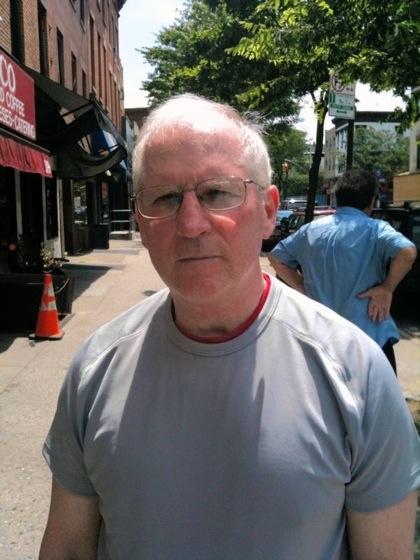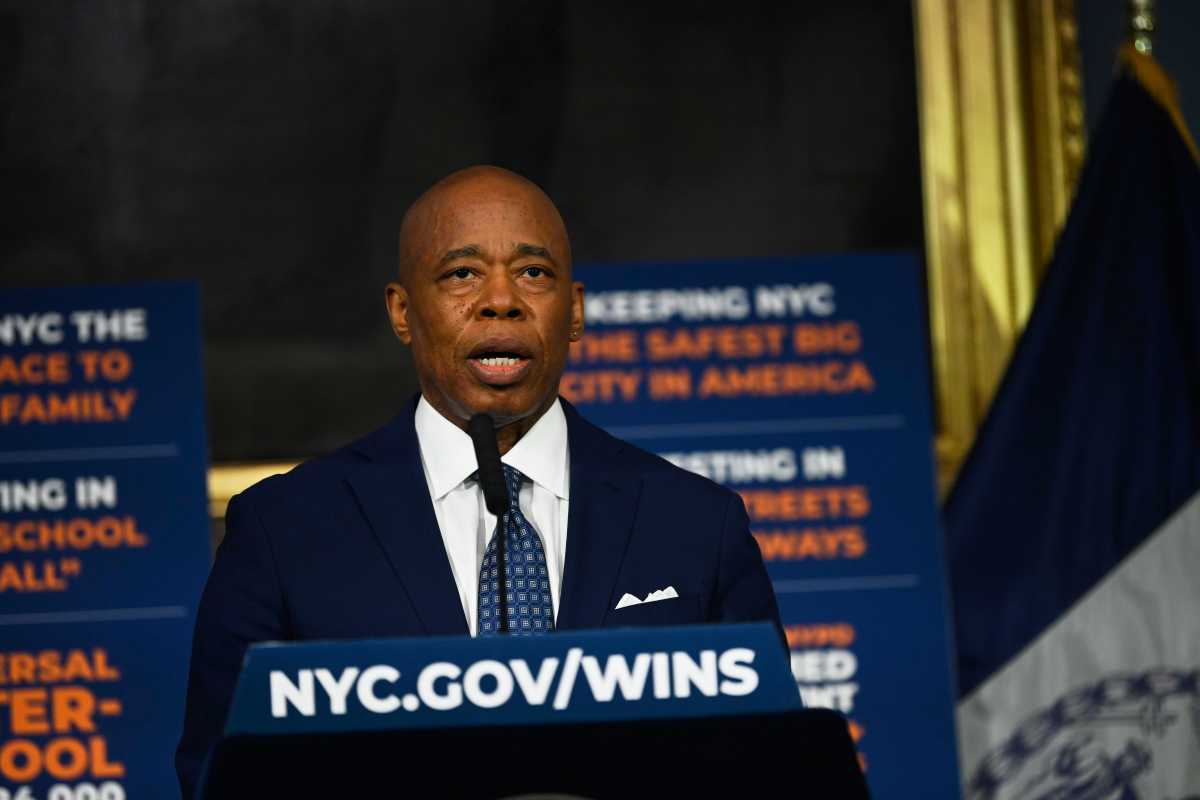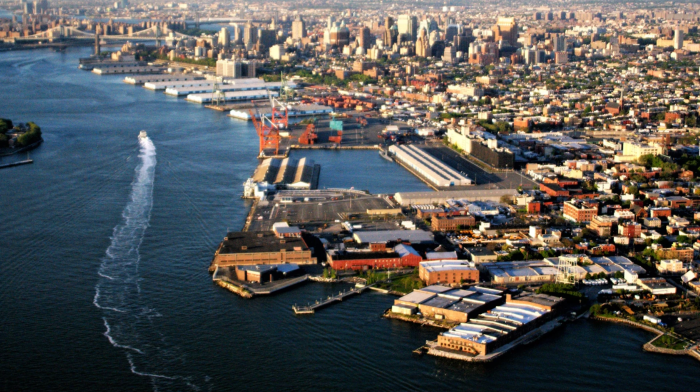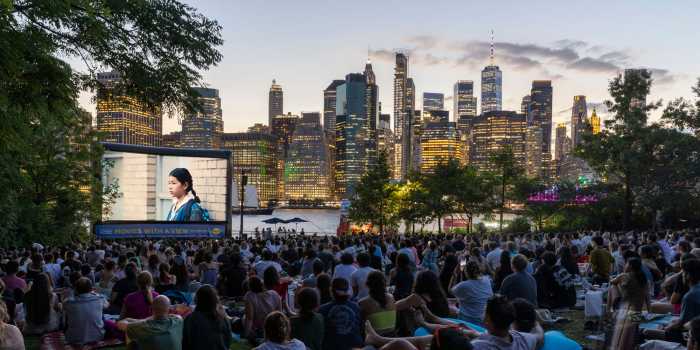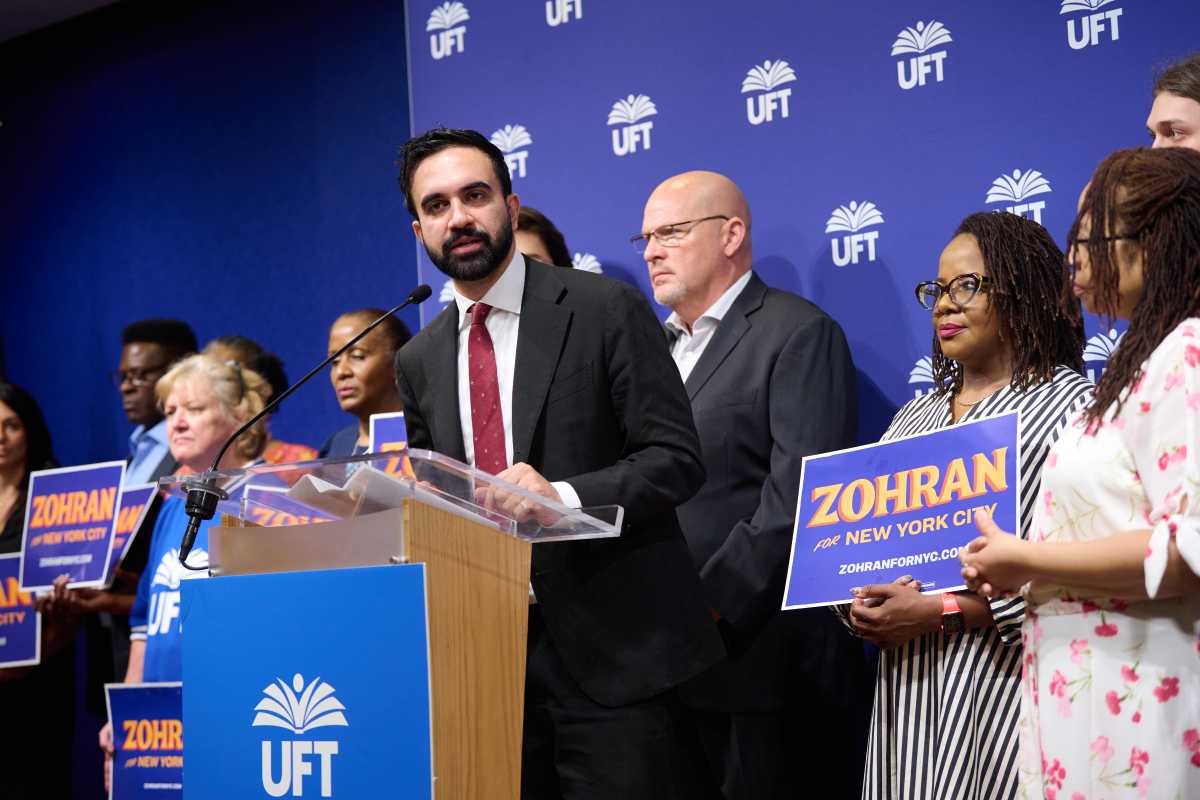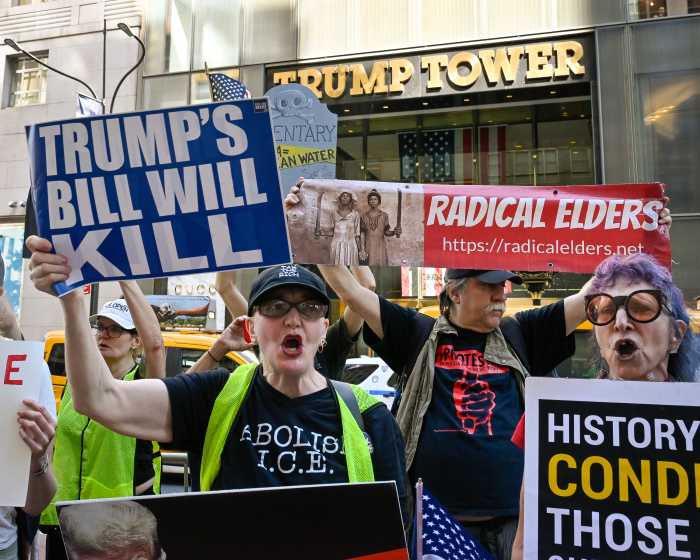In Brooklyn Heights, we regard landmarking as much more than the preservation of buildings. Yes, the Brooklyn Heights Historic District has some of the finest examples of 19th-century architecture in the city, but — corny as it may sound — it is the people living inside the beautiful brownstones who keep the community going.
The designation of historic districts leads to a more closely knit community, a place to raise children, a sense of place and pride in one’s neighborhood. When I think of Brownstone Brooklyn, the image is of tree-lined streets, children, stoop sitting, dog walking. This is the stuff of community building.
The Brooklyn Heights Association is celebrating its centennial this year. For the first 50 years of its existence, there was no landmarking in the neighborhood. It’s fair to say that if Brooklyn Heights had not been made a Historic District in 1965, it’s anybody’s guess as to what would have become of our townhouses.
When the push began for a historic district, Robert Moses was on his urban renewal program and was sweeping away townhouses on the east side of Henry Street, one of which was the house where Walt Whitman had lived. If we hadn’t stopped that with landmarking, the destruction of other housing stock in Brooklyn Heights would have continued. There would not be a Brooklyn Heights as we know it, and also probably not a Cobble Hill or a Boerum Hill or a Park Slope or a Carroll Gardens as we know these neighborhoods today.
There will always be individuals who equate landmarking with meddling in someone else’s business, or who believe you should be able to change a door on your house without a city agency’s permission. But the statistics show that historic district designation is an economic engine for neighborhoods that are landmarked, and property values go up, not down.
But property values were not the rationale for the creation of the Brooklyn Heights Historic District. The people who started that movement had no prototype in the city, no basis for knowing if property values would increase. People just loved what they had here, were familiar with preservation efforts in Boston, and thought they wanted to preserve the 19th-century architecture here. The Brooklyn Heights preservation movement turned out to be a wonderful achievement, the lessons of which soon spread to other neighborhoods all over Brooklyn, and people have come to embrace the idea.
Landmarking is good for Brooklyn, it’s good for the city.
Judy Stanton is executive director of the Brooklyn Heights Association.


